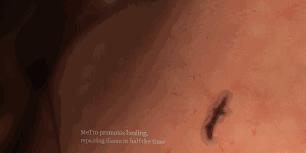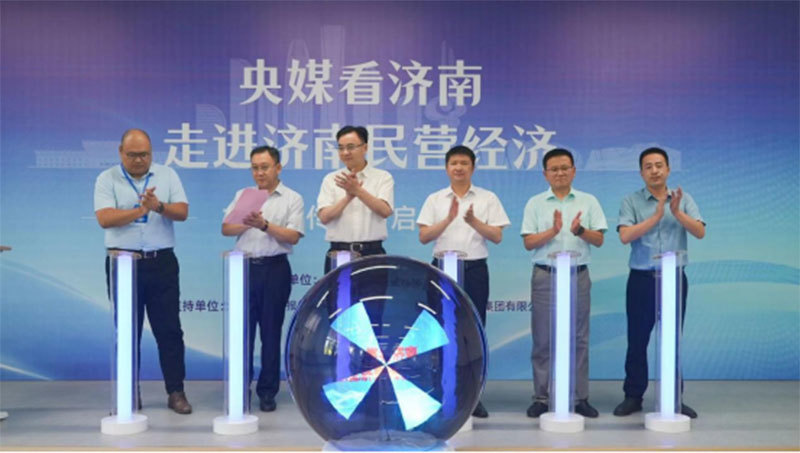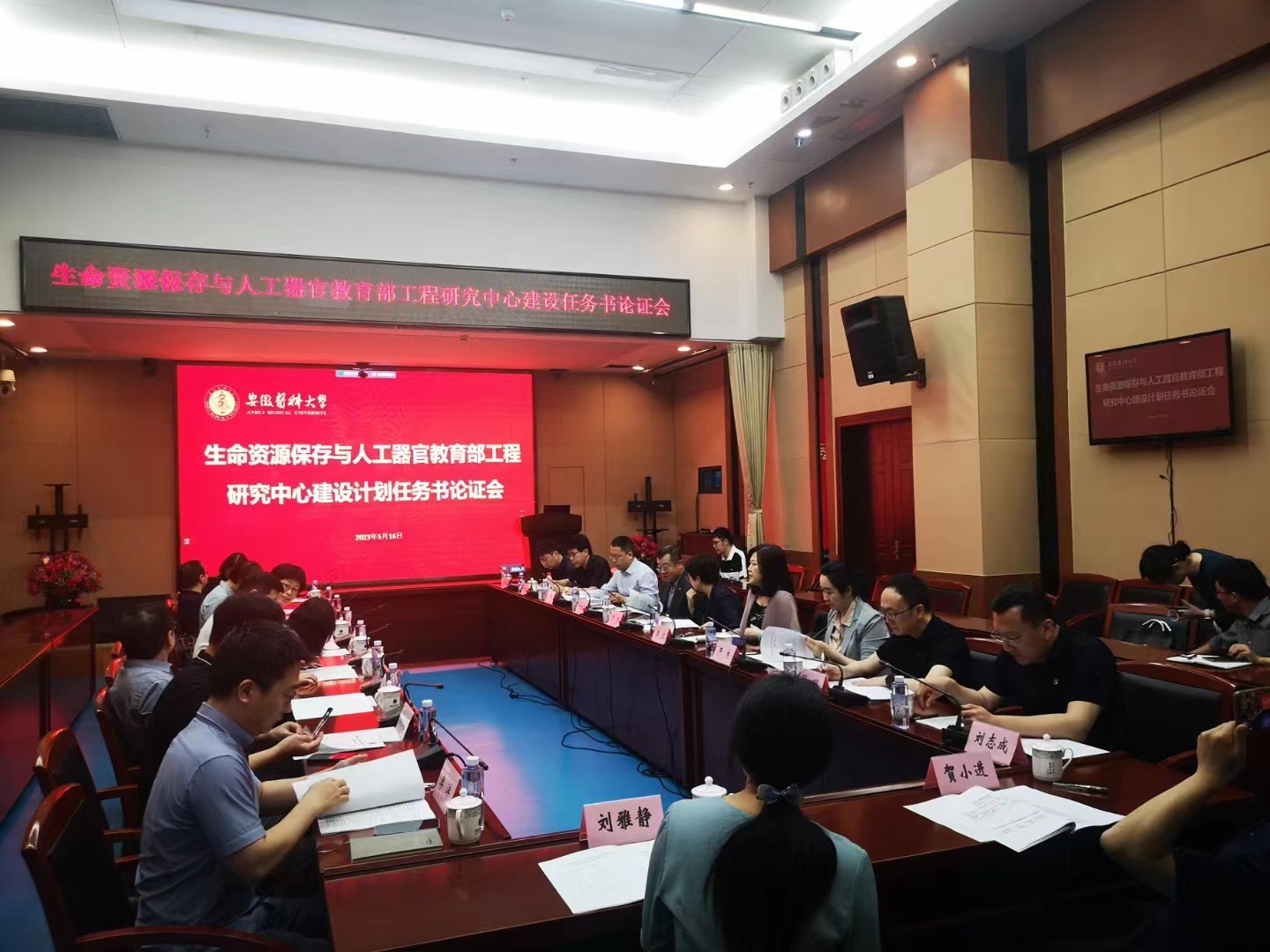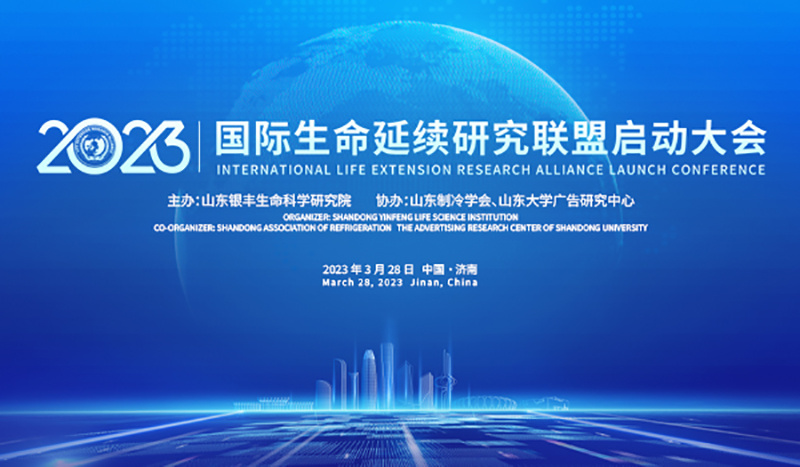Going beyond sci-fi: the human 4S store that makes organ repair possible
Release time:
2023-08-23
When the car traveled to a certain mileage, we need to go to the 4S store to do maintenance to the car, so as to keep the car in a safe state of use. In fact, people and cars are similar, the human body in the process of operation also need maintenance, regenerative medicine "human 4S store", through advanced regenerative medicine technology, to achieve the goal of "where the bad repair where".
Organ regeneration and damaged organ repair have always been the dream of people. However, this dream is difficult to realize, because from the evolutionary point of view, human organs after how many thousands of years of evolution, highly complex, and at the same time lost a lot of regenerative capacity; on the contrary, is a lower organism like the video inside the salamander, if its limbs cut off, within two months will certainly be able to grow exactly the same. However, people have explored more than just this dream, giving rise to a new discipline - regenerative medicine.
Regenerative medicine is a systematic project, which requires scaffolding materials to determine the location of cells and regulate their functions, and also requires various regenerative factors to help cells survive, differentiate and grow. Stem cells, as cell seeds, are like bricks, which become the important materials to build this house, and at the same time based on the biological scaffolding materials to repair, rebuild, and manufacture tissues and organs that the human body wants.
Stem cells applied to the treatment of heart-like diseases
In early 2009, Mike Jones, 65, suffered from congestive heart failure and his heart had been unable to pump effectively. Luckily, he met stem cell therapist Roberto Bolli and became the first patient in the world to receive an autologous heart stem cell transplant.
Before the treatment, Jones could barely climb stairs, but today he can chop wood and clear fallen branches from his yard. After two years, his "cardiac ejection fraction" has increased from 20 percent to 40 percent.
Since then, hundreds of heart patients have undergone similar treatments, in which doctors take stem cells from the patient's own heart, bone marrow, or a non-related donor, and infuse them back into the patient, all of whom have improved. The researchers believe that these stem cells are able to promote the regeneration of heart muscle tissue by promoting proteins that promote the proliferation of healthy heart cells and by secreting proteases that can degrade collagen fibers in scar tissue. They believe that in the future, this technology will revolutionize the way heart disease is treated.
Super glue" for organ regeneration
In addition to the study of internal cellular mechanisms, the "glue" that holds cells together is also critical, namely the study of the extracellular matrix. The extracellular matrix not only forms the biological scaffolding necessary to maintain animal tissues and organs, but also releases signaling molecules that help the body repair itself.


Building on this understanding, researchers are now proposing a new tissue engineering therapy - one that allows natural biological scaffolds to exert their repair capabilities.
This approach involves extracting extracellular matrix from the natural tissues of animals such as pigs and then implanting it into patients with severe internal injuries. The newly implanted scaffolds may release signaling molecules that attract semi-specialized stem cells to migrate from other parts of the body to fill in the defect, which in turn differentiate into the specific tissues that were originally present at the site of the injury. Eventually, these implanted scaffolds will be replaced by proteins and fibers in the body, completely removing the traces of exogenous implantation.
Scars and Regeneration
The mammalian body has a limited way of responding to injury. In the case of small wounds, such as a cut from a piece of paper, it disappears after a localized accumulation of inflammatory cells, fights infection and removes the damaged tissue, which is soon completely replaced by normal skin without scarring.
In the case of a severe injury, on the other hand, the body's ability to regenerate tissue for self-repair is no longer sufficient to fully repair the damage, and the unrepaired area becomes filled with dense scar tissue. Although the scar tissue can connect to the surrounding surviving tissue, it can lead to loss of tissue function.
Using extracellular matrix graft therapy, the researchers treated 80 patients who had suffered severe muscle damage for more than six months. After intense physical therapy to ensure that the body had replaced the injured muscle tissue to the maximum extent possible, surgeons reopened the wound, removed the scar tissue that had formed, put in a biological scaffold, and attached it to the surrounding healthy tissue.
To build large organs that work properly, researchers need to find a way to form a network of blood vessels inside the scaffold.
In response, scientists have come up with an astounding way to do this - 3-D printing, in which lab-grown living cells are repeatedly "woven" by a printer, layer by layer, onto a central platform, with all of the motors' movements based on a highly precise 3-D The motors base all their movements on a highly precise three-dimensional pattern. It works like an inkjet printer, except that the ink is replaced by a solution of living cells. The machine eventually "prints" a life-size kidney.

Organ transplantation is often the last resort for treating organ failure, but there are still many obstacles. For example, organ transplant patients have to take anti-rejection drugs for the rest of their lives, and there is also a lot of suppression of their own immune system, so there are many side effects. Of course, the biggest obstacle comes from the supply and demand relationship, China has hundreds of thousands or even millions of people waiting for organ transplants, but can wait until the supply of organs is about 1%.
The realization of organ "printing" will effectively solve this problem of organ transplantation. We expect that in the near future, human beings will be able to realize the customization of organs, and the concept of human 4S store will become a reality!
Shandong Yinfeng Life Science Research Institute
In the construction of tissues and organs, Shandong Yinfeng Life Science Research Institute has been exploring and carrying out research related to tissue engineering materials, exploring the use of donated tissues and organs to develop biomaterials and artificial tissues and organs and organoids that can replace damaged or missing tissues and organs, in order to realize rapid, precise and customized filling of soft tissues in clinical research and application. We are looking forward to working with colleagues from all over the world to contribute to the arrival of the "4S store of human body".
Next article
Latest developments
On August 23, the Jinan Private Economic Development Bureau and China Economic Weekly jointly launched the theme publicity activity of "Central Media Look at Jinan - Entering Jinan's Private Economy" in Yinfeng Biotechnology Park.
Led by Anhui Medical University and participated by Yinfeng Cryogenic Medical Technology Co., Ltd., the "Engineering Research Center for Life Resources Conservation and Artificial Organs of the Ministry of Education" was officially accepted and awarded by the Ministry of Education. As one of the four major platforms for the transformation of the center's project, Yinfeng Cryogenic Co., Ltd. is responsible for the "development, promotion and application of cryogenic preservation technology of biological matrix materials".
On March 28, 2023, the kick-off meeting of the International Alliance for Life Extension Research was held in Jinan, Shandong. The "International Alliance for Life Extension Research" was initiated by Shandong Yinfeng Life Science Research Institute, and jointly established by 13 international scientific research institutions engaged in the field of cryogenic biomedicine from North America, Europe, Oceania, etc., and appeared at the conference through online and offline forms.









